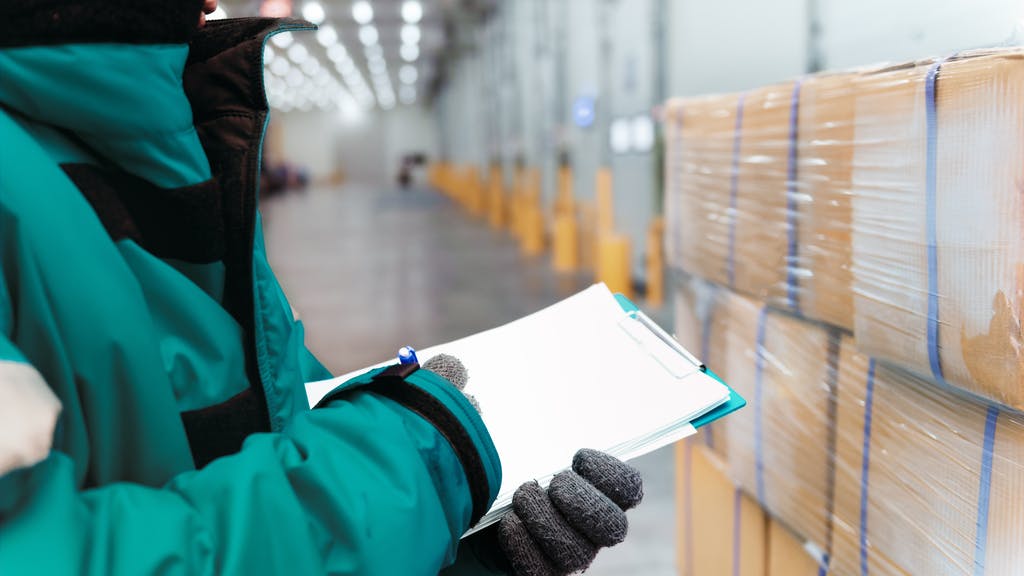IMPROVED COLD CHAIN MANAGEMENT KEY TO MAINTAINING POST-PANDEMIC GROWTH
By Joseph Battoe (GCCA News)
Active management of the cold chain will uniquely provide a path for continued understanding and improvement in packaging, delivery methods and packing processes.
Online grocery shopping, direct-to-consumer, meal kits and foodservice delivery of perishables grew to become expected retail services in 2020. And, while research shows that growth will continue post-pandemic, the companies providing these products and services must now address similarly rising levels of customer churn. Ultimately, what will it take to significantly increase customer retention and drive continued success in this new era of elevated shopper expectations?
Company culture and everyday execution supporting food quality and safety through the last mile will differentiate the companies that succeed. Traceability in the supply chain does not end when the order exits the building. Today, all companies rely on packaging tests, and perhaps, electronic monitoring at storage and transportation; however, these methods do not provide accurate monitoring of the cumulative impact of temperature fluctuations on food quality and ultimate safety of products.
No company monitors the complete cold chain from sourcing through delivery to the consumer. Once an order leaves the fulfillment center, the responsibility for quality control is incorrectly placed directly on the shopper. In a market where companies specializing in rather niche products and services are considered trusted experts, relinquishing control of cold chain monitoring places consumers on potentially dangerous ground. The consumer considers the company providing the service as the trusted expert, not realizing that responsibility for quality and safety essentially passes to the consumer once the product leaves the provider’s loading dock.
Common delivery methods are either commercial players or crowdsourced shippers as the express courier pipelines explode with demand. In either scenario, there is no control or monitoring of the environmental conditions or storage to which a delivery is exposed. Once these packages arrive at their destination, no feedback loop from the customer to the company exists. There is an expectation of a successful delivery from all parties involved, but little control and no measurement to confirm success.
Without cold chain monitoring to the consumer and no simple method to provide feedback, customers are more likely to choose not to repeat business with that company. Issue resolution with online companies is typically cumbersome for the customer, at best. When a customer does reach customer service, resolution is often in the form of either a refund or resend of the delivery. This results in the original delivery containing food, packaging and coolant being disposed of, adding costly food waste and further raising sustainability concerns in addition to less than ideal customer experiences.
The notion of controlling the entire environment of a delivery from fulfillment center to the customer is not a realistic solution; however, accurate monitoring of the shipment is possible and necessary. Cold chain monitoring can be achieved by engaging the consumer in a more direct, but non-onerous way by utilizing a practical and affordable time and temperature monitoring device within each box delivered.
Successful companies will engage these technologies and seize the opportunity to:
- Monitor the complete cold chain for all consumer deliveries.
- Proactively reach out to their customers when a failure is detected.
- Work with customers to continue to monitor and improve deliveries, food quality, and as a result, customer satisfaction, confidence and retention.
Active management of the cold chain will uniquely provide a path for continued understanding and improvement in packaging, delivery methods and packing processes. The result will be the reduction of food waste, landfill requirements and emissions associated with transportation of poor deliveries.
The solutions to all these challenges exist today. Better two-way communication, increased food product quality and an improved overall customer experience WILL lead to increases in customer retention and enable the best-performing companies to succeed.

